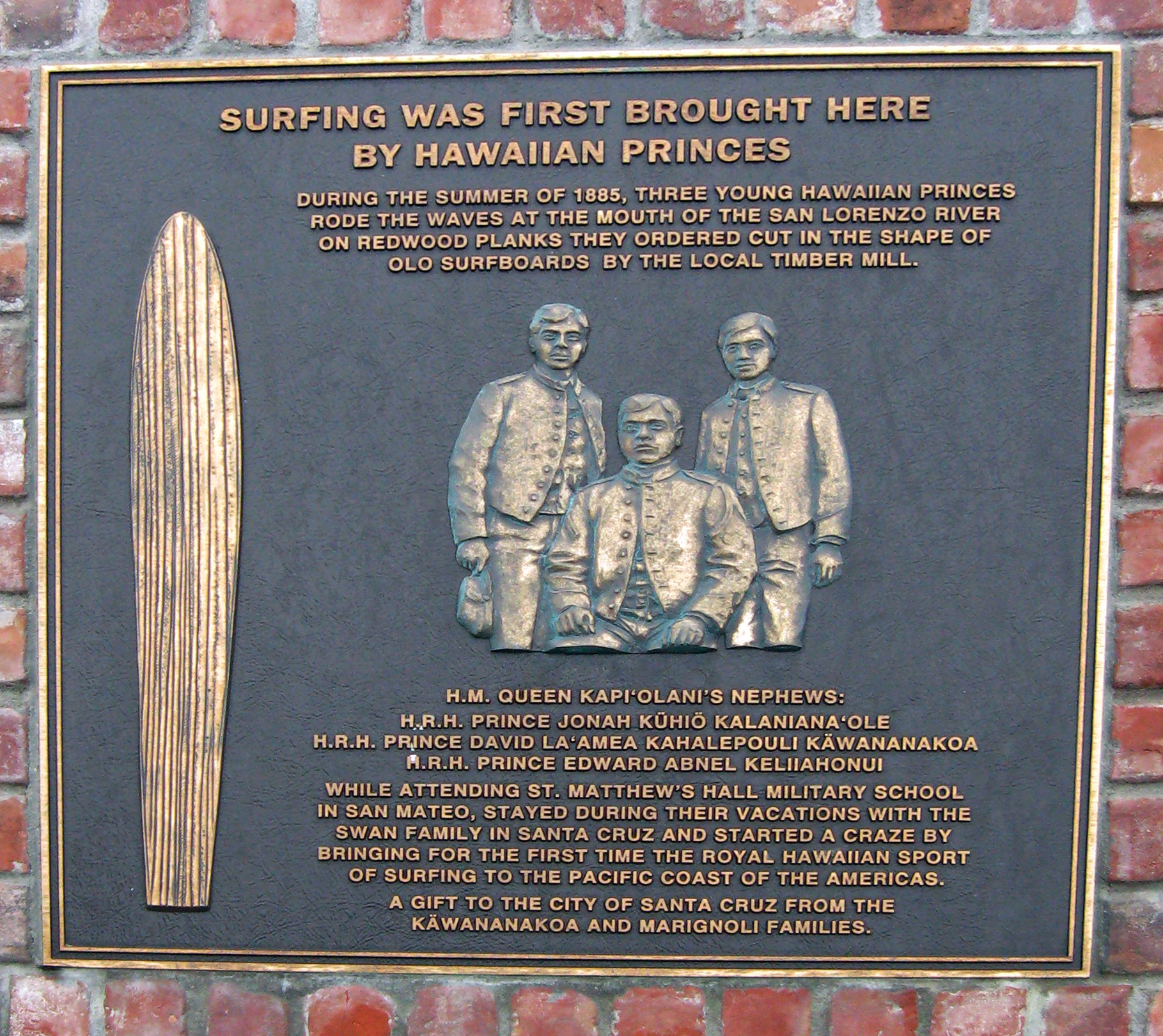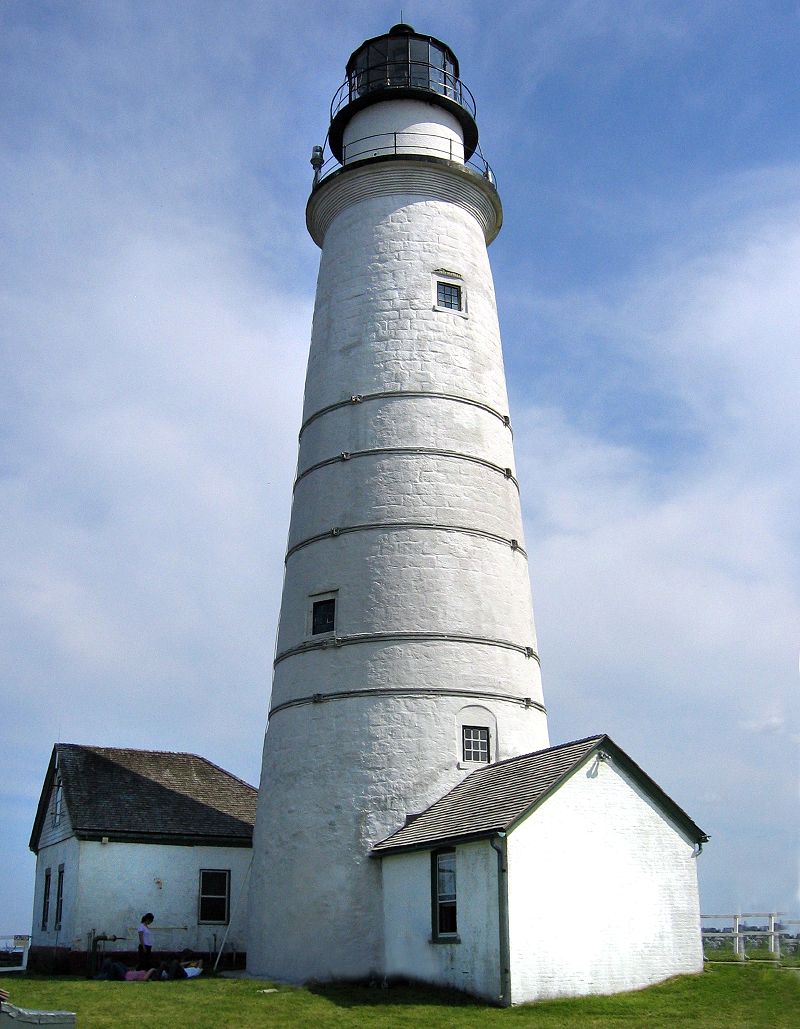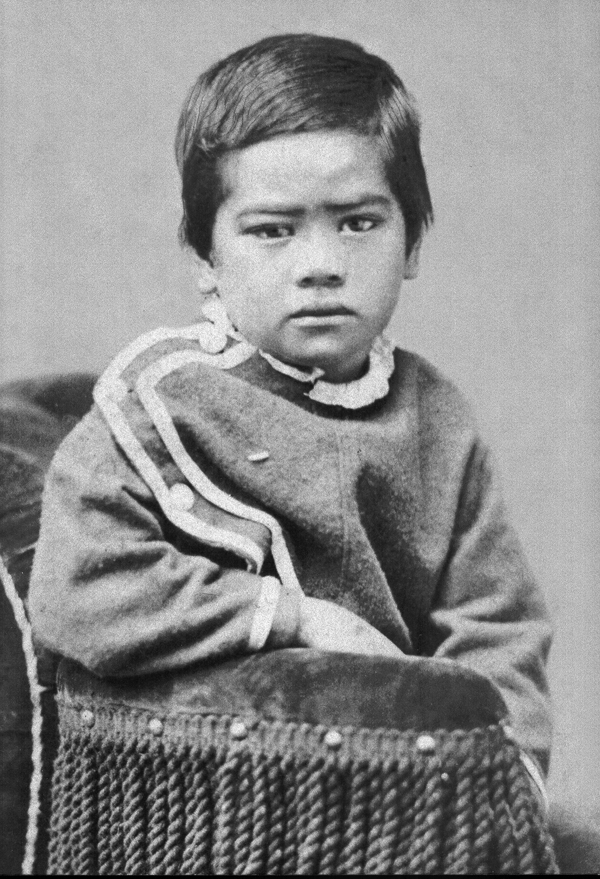|
Santa Cruz Surfing Museum
The Santa Cruz Surfing Museum is a museum which was established in May 1986 to document the history of surfing. With collections dating back to the earliest years of surfing on mainland United States, the museum houses a historical account of surfing in Santa Cruz, California. Location Located in the Mark Abbott Memorial Lighthouse at Lighthouse Point on West Cliff Drive, the Santa Cruz Surfing Museum opened its doors in June 1986 as the first surfing museum in the world. The lighthouse was built in 1967 as a memorial to surfer Mark Abott, who died while surfing at the nearby Pleasure Point surf break. Overlooking the Steamer Lane surfing hotspot, this little museum features photographs, surfboards, and videos tracing over 100 years of surfing history in Santa Cruz. After funding cuts in 2009, the Santa Cruz Surfing Club Preservation Society and private donations kept the museum open. Exhibits The exhibits at the museum explore over 100 years of surfing in Santa Cruz. Introduc ... [...More Info...] [...Related Items...] OR: [Wikipedia] [Google] [Baidu] |
Santa Cruz, California
Santa Cruz (Spanish for "Holy Cross") is the county seat and largest city of Santa Cruz County, in Northern California. As of the 2020 census, the city population was 62,956. Situated on the northern edge of Monterey Bay, Santa Cruz is a popular tourist destination, owing to its beaches, surf culture, and historic landmarks. Santa Cruz was founded by the Spanish in 1791, when Fermín de Lasuén established Mission Santa Cruz. Soon after, a settlement grew up near the mission called Branciforte, which came to be known across Alta California for its lawlessness. With the Mexican secularization of the Californian missions in 1833, the former mission was divided and granted as rancho grants. Following the American Conquest of California, Santa Cruz eventually incorporated as a city in 1866. The creation of the Santa Cruz Beach Boardwalk in 1907 solidified the city's status as a seaside resort community, while the establishment of the University of California, Santa Cruz in 1 ... [...More Info...] [...Related Items...] OR: [Wikipedia] [Google] [Baidu] |
Edward Abnel Keliʻiahonui
Edward Abnel Keliʻiahonui (May 13, 1869 – September 21, 1887) was a prince of the Kingdom of Hawaiʻi. His name means "the chief whose strength is attained through patience". Early life Keliʻiahonui was born May 13, 1869, at Kaʻalaʻa at the mouth of the Pauoa Valley, in Honolulu, on the old homestead of his aunt Queen Kapiʻolani. He was baptized by Bishop Thomas Nettleship Staley of the St. Andrew's Cathedral. His genealogy centered mainly on his ancestry as an heir of his great-grandfather Kaumualiʻi, the last ruling King of Kauaʻi. He shared his name with his great-uncle Kealiʻiahonui who was sometimes called the last prince of Kauaʻi. His mother Princess Victoria Kinoiki Kekaulike was sister of Queen Kapiʻolani. His father was High Chief David Kahalepouli Piʻikoi, first cousin of King Kalākaua. Keliʻiahonui was initially educated at St. Alban's College (now ʻIolani School) and Punahou School. In 1885, he and his brothers David Kawānanakoa and Jonah Kūhi� ... [...More Info...] [...Related Items...] OR: [Wikipedia] [Google] [Baidu] |
Museums Established In 1986
A museum ( ; plural museums or, rarely, musea) is a building or institution that cares for and displays a collection of artifacts and other objects of artistic, cultural, historical, or scientific importance. Many public museums make these items available for public viewing through exhibits that may be permanent or temporary. The largest museums are located in major cities throughout the world, while thousands of local museums exist in smaller cities, towns, and rural areas. Museums have varying aims, ranging from the conservation and documentation of their collection, serving researchers and specialists, to catering to the general public. The goal of serving researchers is not only scientific, but intended to serve the general public. There are many types of museums, including art museums, natural history museums, science museums, war museums, and children's museums. According to the International Council of Museums (ICOM), there are more than 55,000 museums in 202 countrie ... [...More Info...] [...Related Items...] OR: [Wikipedia] [Google] [Baidu] |
Surfing In California
Surfing is a surface water sport in which an individual, a surfer (or two in tandem surfing), uses a board to ride on the forward section, or face, of a moving wave of water, which usually carries the surfer towards the shore. Waves suitable for surfing are primarily found on ocean shores, but can also be found in standing waves in the open ocean, in lakes, in rivers in the form of a tidal bore, or in wave pools. The term ''surfing'' refers to a person riding a wave using a board, regardless of the stance. There are several types of boards. The Moche of Peru would often surf on reed craft, while the native peoples of the Pacific surfed waves on alaia, paipo, and other such water craft. Ancient cultures often surfed on their belly and knees, while the modern-day definition of surfing most often refers to a surfer riding a wave standing on a surfboard; this is also referred to as stand-up surfing. Another prominent form of surfing is body boarding, where a surfer rides ... [...More Info...] [...Related Items...] OR: [Wikipedia] [Google] [Baidu] |
Surfing Museums
Surfing is a surface water sport in which an individual, a surfer (or two in tandem surfing), uses a board to ride on the forward section, or face, of a moving wave of water, which usually carries the surfer towards the shore. Waves suitable for surfing are primarily found on ocean shores, but can also be found in standing waves in the open ocean, in lakes, in rivers in the form of a tidal bore, or in wave pools. The term ''surfing'' refers to a person riding a wave using a board, regardless of the stance. There are several types of boards. The Moche of Peru would often surf on reed craft, while the native peoples of the Pacific surfed waves on alaia, paipo, and other such water craft. Ancient cultures often surfed on their belly and knees, while the modern-day definition of surfing most often refers to a surfer riding a wave standing on a surfboard; this is also referred to as stand-up surfing. Another prominent form of surfing is body boarding, where a surfer rides the w ... [...More Info...] [...Related Items...] OR: [Wikipedia] [Google] [Baidu] |
Sports Museums In California
Sport pertains to any form of competitive physical activity or game that aims to use, maintain, or improve physical ability and skills while providing enjoyment to participants and, in some cases, entertainment to spectators. Sports can, through casual or organized participation, improve participants' physical health. Hundreds of sports exist, from those between single contestants, through to those with hundreds of simultaneous participants, either in teams or competing as individuals. In certain sports such as racing, many contestants may compete, simultaneously or consecutively, with one winner; in others, the contest (a ''match'') is between two sides, each attempting to exceed the other. Some sports allow a "tie" or "draw", in which there is no single winner; others provide tie-breaking methods to ensure one winner and one loser. A number of contests may be arranged in a tournament producing a champion. Many sports leagues make an annual champion by arranging games in a ... [...More Info...] [...Related Items...] OR: [Wikipedia] [Google] [Baidu] |
Museums In Santa Cruz County, California
A museum ( ; plural museums or, rarely, musea) is a building or institution that cares for and displays a collection of artifacts and other objects of artistic, cultural, historical, or scientific importance. Many public museums make these items available for public viewing through exhibits that may be permanent or temporary. The largest museums are located in major cities throughout the world, while thousands of local museums exist in smaller cities, towns, and rural areas. Museums have varying aims, ranging from the conservation and documentation of their collection, serving researchers and specialists, to catering to the general public. The goal of serving researchers is not only scientific, but intended to serve the general public. There are many types of museums, including art museums, natural history museums, science museums, war museums, and children's museums. According to the International Council of Museums (ICOM), there are more than 55,000 museums in 202 count ... [...More Info...] [...Related Items...] OR: [Wikipedia] [Google] [Baidu] |
List Of Lighthouses In The United States
This is a list of lighthouses in the United States. The United States has had approximately a thousand lights as well as light towers, range lights, and pier head lights. Michigan has the most lights of any state with over 150 past and present lights. Lighthouses that are in former U.S. territories are not listed here. Most of the lights in the United States have been built and maintained by the Coast Guard (since 1939) and its predecessors, the United States Lighthouse Service (1910–1939) and the United States Lighthouse Board (1852–1910). Before the Lighthouse Board was established, local collectors of customs were responsible for lighthouses under Stephen Pleasonton. As their importance to navigation has declined and as public interest in them has increased, the Coast Guard has been handing over ownership and in some cases responsibility for running them to other parties, the chief of them being the National Park Service under the National Historic Lighthouse Preservation ... [...More Info...] [...Related Items...] OR: [Wikipedia] [Google] [Baidu] |
Fresnel Lens
A Fresnel lens ( ; ; or ) is a type of composite compact lens developed by the French physicist Augustin-Jean Fresnel (1788–1827) for use in lighthouses. It has been called "the invention that saved a million ships." The design allows the construction of lenses of large aperture and short focal length without the mass and volume of material that would be required by a lens of conventional design. A Fresnel lens can be made much thinner than a comparable conventional lens, in some cases taking the form of a flat sheet. The simpler dioptric (purely refractive) form of the lens was first proposed by Count Buffon and independently reinvented by Fresnel. The ''catadioptric'' form of the lens, entirely invented by Fresnel, has outer elements that use total internal reflection as well as refraction; it can capture more oblique light from a light source and add it to the beam of a lighthouse, making the light visible from greater distances. Description The Fresnel lens redu ... [...More Info...] [...Related Items...] OR: [Wikipedia] [Google] [Baidu] |
Fiberglass
Fiberglass (American English) or fibreglass (Commonwealth English) is a common type of fiber-reinforced plastic using glass fiber. The fibers may be randomly arranged, flattened into a sheet called a chopped strand mat, or woven into glass cloth. The plastic matrix may be a thermoset polymer matrix—most often based on thermosetting polymers such as epoxy, polyester resin, or vinyl ester resin—or a thermoplastic. Cheaper and more flexible than carbon fiber, it is stronger than many metals by weight, non- magnetic, non-conductive, transparent to electromagnetic radiation, can be molded into complex shapes, and is chemically inert under many circumstances. Applications include aircraft, boats, automobiles, bath tubs and enclosures, swimming pools, hot tubs, septic tanks, water tanks, roofing, pipes, cladding, orthopedic casts, surfboards, and external door skins. Other common names for fiberglass are glass-reinforced plastic (GRP), glass-fiber reinforced plastic (GFRP) or GF ... [...More Info...] [...Related Items...] OR: [Wikipedia] [Google] [Baidu] |
Jonah Kūhiō Kalanianaʻole
Jonah Kūhiō Kalanianaʻole (March 26, 1871 – January 7, 1922) was a prince of the Kingdom of Hawaiʻi until it was overthrown by a coalition of American and European businessmen in 1893. He later went on to become a representative in the Territory of Hawaii as delegate to the United States Congress, and as such is the only member of Congress ever born into royalty. Kūhiō was often called Ke Ali‘i Maka‘āinana (Prince of the People) and is well known for his efforts to preserve and strengthen the Hawaiian people. Early life and family Kalanianaʻole was born March 26, 1871 in Kukui‘ula, Kōloa on the island of Kauaʻi. Like many ''aliʻi'' (Hawaiian nobility) his genealogy was complex, but he was an heir of Kaumualiʻi, the last ruling chief of Kauaʻi. He was named after his maternal grandfather Kūhiō Kalanianaʻole, a High Chief of Hilo, and his paternal grandfather Jonah Piʻikoi, a High Chief of Kauaʻi. His Hawaiian name Kuhio translated into "Chief who l ... [...More Info...] [...Related Items...] OR: [Wikipedia] [Google] [Baidu] |

.jpg)
.jpg)





